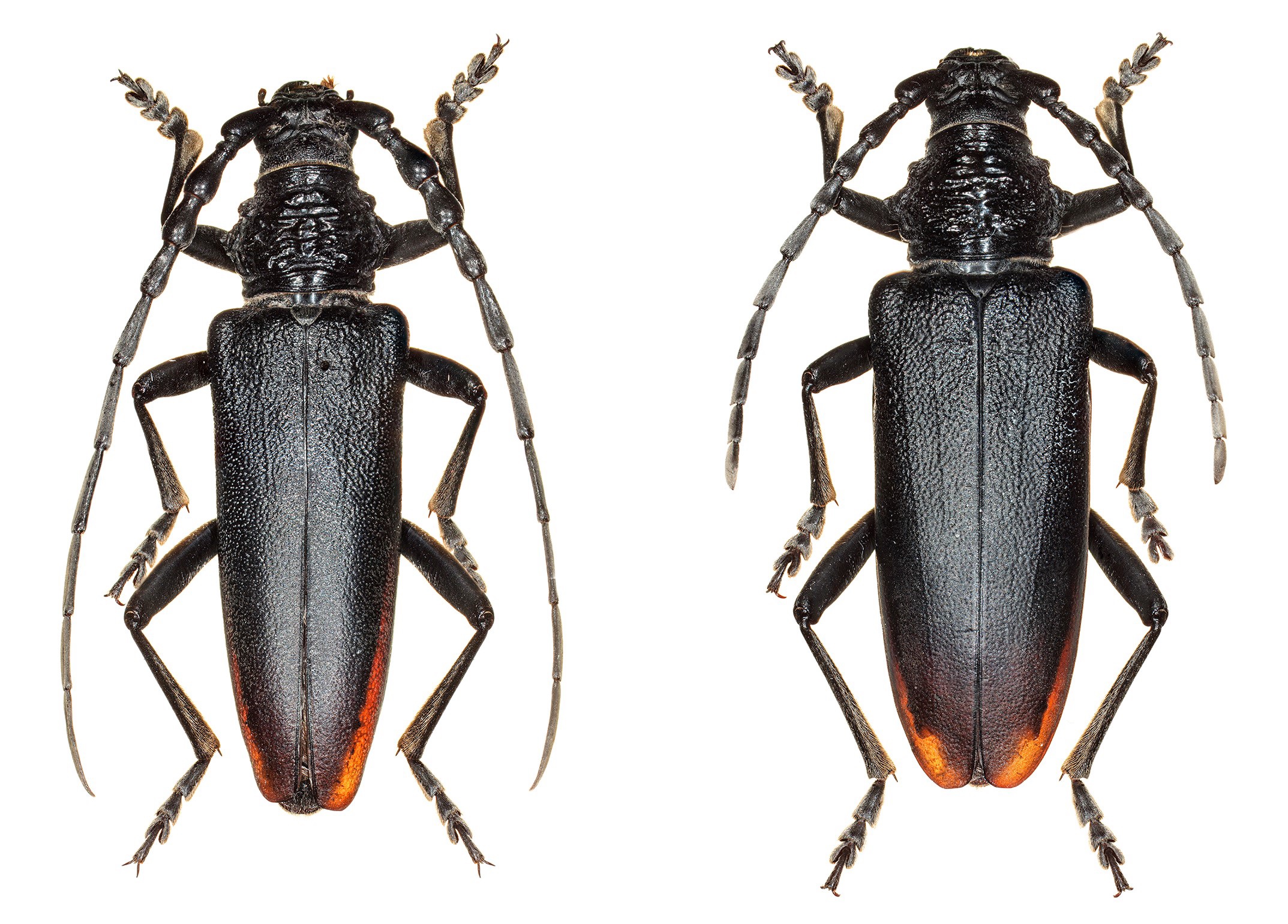Ad-hoc devised phototraps unravel Cerambyx miles diel activity in the wild (Coleoptera: Cerambycidae)
DOI:
https://doi.org/10.13133/2284-4880/720Keywords:
circadian rhythm, nictemeral rhythm, diurnality, phototrapping, adaptive behaviour, literature biasAbstract
Longhorn beetles are often categorized as diurnal, crepuscular or nocturnal depending on the diel (day-night) time window at which adults are active. A precise knowledge of the diel activity pattern in these species is essential to understand the selective forces involved in, and the adaptations resulting from, the evolution of circadian rhythms. The genus Cerambyx includes both diurnal and crepuscular/nocturnal species. In the case of Cerambyx miles Bonelli, 1812, a usually scarce and localised species, diel activity remains poorly understood. While for some authors this longhorn is diurnal, for others it is crepuscular/nocturnal. In order to resolve this historical discrepancy, we studied the diel activity of C. miles in the wild in 2020 and 2021 using ad hoc devised phototraps (with and without capture) and we examine to what extent our field results conformed to literature. Our data (n = 139 captures/sightings) show that about 94% of the activity of C. miles is diurnal, 5% crepuscular, and less than 1% nocturnal. Diel activity started at dawn, raised progressively during the morning, peaked in the late afternoon (17.00-20.00 h) and declined abruptly just before dusk. Our field results were not consistent with literature data (n = 103 diel activity records retrieved from 79 references), in which diel activity was scored as 60% diurnal, 26% crepuscular and 14% nocturnal. We argue possible causes involved in the literature bias and we discuss the diel activity of C. miles from a behavioural, ecological and evolutionary perspective.
Downloads

Downloads
Published
How to Cite
Issue
Section
License
Copyright (c) 2023 Luis M. Torres-Vila, Francisco Javier Mendiola-Díaz, Rafael López-Calvo, Francisco Ponce-Escudero, Álvaro Sánchez-González, Félix Fernández-Moreno

This work is licensed under a Creative Commons Attribution-NonCommercial 4.0 International License.




